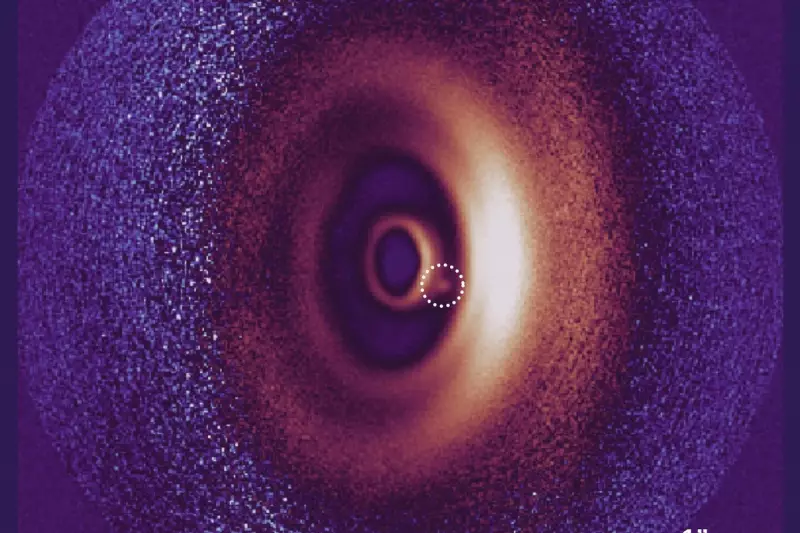
For decades, scientists have understood that Earth's journey around the Sun is not a perfect, static circle. Now, a pioneering collaboration between researchers at the University of Galway and the University of Arizona has provided a stunningly detailed look into how the rhythmic wobbles and shifts in our planet's orbit directly control the solar energy reaching its surface.
The research, led by Professor Chris Huntingford from the University of Galway and Professor William Bottke from Arizona, delves deep into the so-called Milankovitch cycles. These are the predictable, cyclical changes in Earth's orbital eccentricity, axial tilt, and precession that occur over tens of thousands of years.
The Three Cosmic Dances That Shape Our Climate
The study breaks down the three key orbital movements:
- Eccentricity: The shape of Earth's orbit around the Sun shifts from nearly circular to slightly elliptical over a cycle of about 100,000 years.
- Obliquity: The tilt of Earth's axis, responsible for our seasons, oscillates between 22.1 and 24.5 degrees over a 41,000-year period.
- Precession: The direction of Earth's axial tilt wobbles in a circle, much like a spinning top, over a 26,000-year cycle.
"What our work shows," explains Professor Huntingford, "is the precise interplay between these cycles. They don't just alter the distance to the Sun in a simple way; they fundamentally redistribute solar energy across the globe and across the seasons. This is the metronome that sets the tempo for Earth's long-term climate, including the comings and goings of ice ages."
A New Level of Predictive Power
By combining advanced astronomical modelling with geological climate records, the team has created a more robust framework for understanding how these orbital forcings influence Earth's temperature. This research provides a critical piece of the puzzle for palaeoclimatologists—scientists who study past climates—allowing for more accurate interpretations of ice core and sediment layer data.
This isn't just about looking backwards. This refined understanding of Earth's orbital parameters enhances the models scientists use to project future climate scenarios, helping to separate natural long-term cycles from the rapid changes driven by human-produced greenhouse gases.
The findings cement the profound connection between celestial mechanics and life on our planet, revealing how a subtle dance millions of kilometres away in space dictates the very conditions that have allowed human civilisation to flourish.





